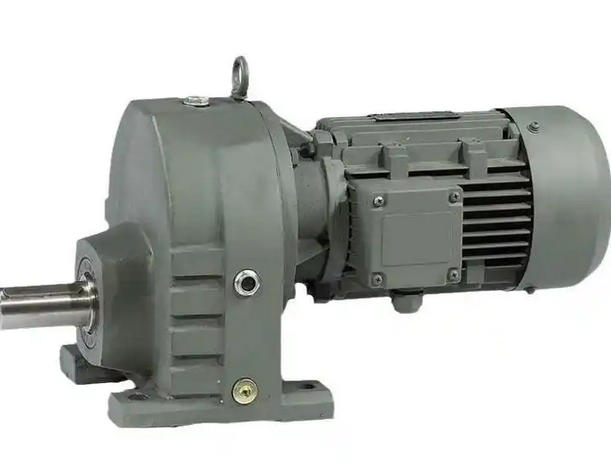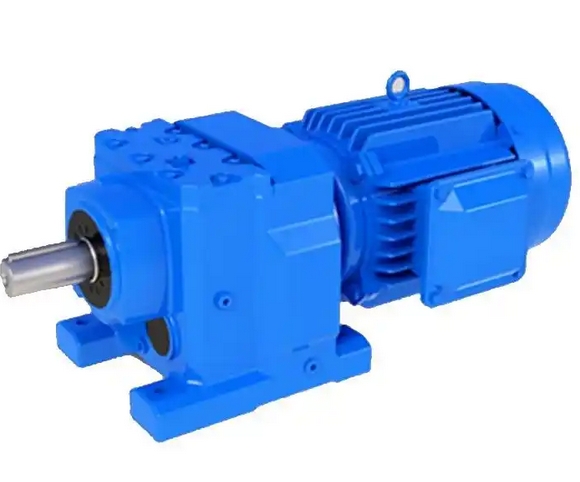What are the effects of axial displacement on the performance and efficiency of RX79-2.43-5.5KW-M1-0 ° reducer
Axial movement can directly lead to performance degradation and efficiency loss of RX79-2.43-5.5KW-M1-0 ° gearbox from the two core dimensions of "power transmission" and "operational stability", and may also cause chain failures in the long run.1. The power transmission performance deteriorates, and the output accuracy and stability decrease
Axial movement can disrupt the normal meshing relationship of gears, resulting in unstable power transmission and directly affecting the output accuracy and operational stability of the equipment.
Reduced gear meshing accuracy: The backlash prevents the gear tooth surface from fully fitting, resulting in "biased meshing" and causing fluctuations in output speed (usually the fluctuation range expands from the normal ± 0.5% to over ± 3%), which cannot meet the high-precision transmission requirements (such as conveyor lines, packaging machines, and other scenarios that require high speed stability).
Intensifying output torque fluctuations: During normal operation, torque transmission is uniform, and movement can cause the tooth surface contact area to fluctuate, resulting in periodic peaks in output torque (peak torque may exceed the rated value by 20% -30%), which can easily cause downstream equipment (such as conveyor belts, agitator blades) to "jam" or "impact load", affecting production continuity.

Increased backlash in reverse transmission: Long term movement will wear down the gear tooth clearance, causing the reverse backlash of the reducer (the "ineffective stroke" when switching from forward rotation to reverse rotation) to increase from within 0.1mm to over 0.3mm. For equipment that requires frequent forward and reverse rotation (such as robotic arms), it will directly reduce the accuracy of the action.
2. Significant loss of transmission efficiency, increased energy consumption and temperature rise
The additional friction and energy loss introduced by the movement will decrease the transmission efficiency of the gearbox, accompanied by an increase in energy consumption and abnormal temperature rise.
Efficiency reduction range: The normal transmission efficiency of this model of reducer is about 92% -94%. After axial displacement occurs, the efficiency will decrease by 5% -10% (i.e. 82% -89%) due to gear bias friction and additional sliding friction of bearings; If the displacement exceeds 0.2mm, the efficiency may further decrease to below 80%.
Energy consumption is related to temperature rise: for every 1% decrease in efficiency, at a rated load of 5.5KW, an additional 55W of electricity will be consumed per hour (an additional 1.32 kWh per day); At the same time, the heat generated by additional friction will increase the temperature of the gearbox by 8-15 ℃ (the normal operating temperature is 40-60 ℃, which may rise to 65-75 ℃ after jumping), accelerating the aging of the lubricating oil.
Accelerated failure of lubricating oil: High temperatures can cause a rapid decrease in the viscosity of gear oil (such as L-CKC220 gear oil, which has a viscosity decrease of about 30% at 70 ℃ compared to 50 ℃), weakening the oil film bearing capacity and further exacerbating component wear, forming a vicious cycle of "efficiency decline temperature rise wear intensification".


